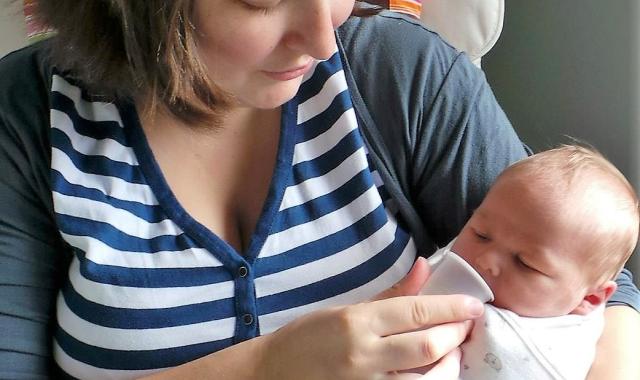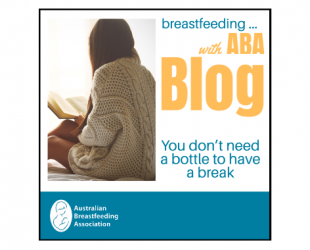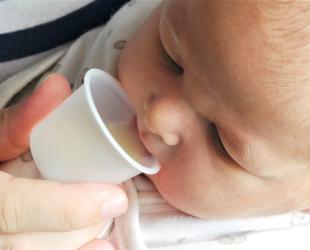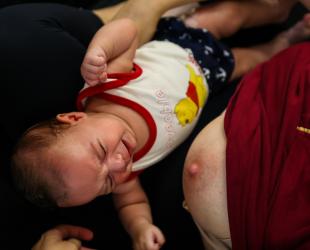A bottle isn't always the best option for your breastfed baby
There are other ways to feed your expressed milk.

In situations where your baby or toddler will be fed your expressed breastmilk, you will need to decide the best way for this to happen.
Depending on your individual circumstances, you may choose a bottle, cup, supply line or even a spoon or syringe.
Why choose a different method of feeding?
Help your baby to learn
If your baby is still learning how to attach and feed or you have sore nipples, you may like to avoid using a bottle to feed your expressed milk. The sucking actions of bottle and breast are different. Your baby needs to learn how to attach well and suck at your breast. Avoiding teats and dummies helps your baby to focus on learning to breastfeed.
If you need to feed expressed colostrum or milk to your newborn baby, you can also use a spoon or syringe because they only need a small amount. You can also use a small cup. If your baby is older, a cup will hold more.
Avoid bottle preference
If you are mixed feeding or giving your baby top-up feeds in a bottle, they may develop a preference for bottle-feeding over feeding at the breast. This is because milk comes more easily from a bottle. Your baby may become fussy at the breast which may lead to breast refusal and a further drop in supply. Again, a cup may be more suitable if you need to top up baby with expressed milk or formula. And older baby can use a sippy cup or straw cup.
Feeding in emergency situations
When water isn’t safe or can’t be heated, bottles and teats can be difficult to clean. It is much safe to feed your baby using a cup in emergency situations.
Increasing your milk supply
You may want to increase your milk supply by feeding your baby at the breast as they receive your expressed milk. Using a supply line allows you to do this.
A breastfeeding counsellor or lactation consultant can help you work out which method may work best for you and your baby.
© Australian Breastfeeding Association July 2022



